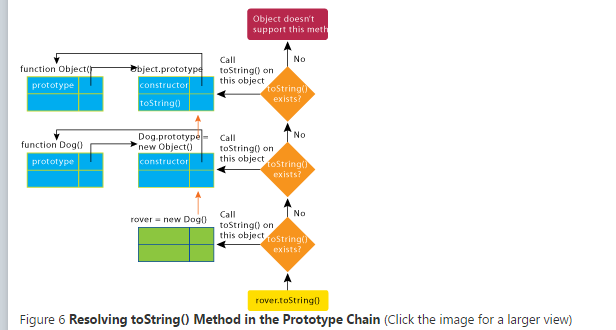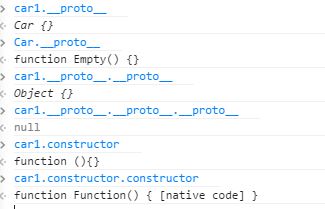Learning Prototype based Javascript
Grammar just has no special. To understand JavaScript, the most important thing is to understand what is prototype-based.
Comparing to Java(C++, C#)
This is an easy to have general concept.JavaScript is an Object-oriented (prototype-based) language. No distinction between types of objects. Inheritance is through the prototype mechanism, and properties and methods can be added to any object dynamically. (dynamic inheritance)
Java is a Classed-based language. Objects are divided into classes and instances with all inheritance through the class hierarchy. Classes and instances cannot have proterties or methods added dynamically.
JavaScript define and create objects with constructor functions.
Java define a class with a class definition; instantiate a class with constructor methods.
JavaScript construct an object hierarchy by assigning an object as the prototype associated with a constructor function. And inherit properties by following the prototype chain.
Java construct an object hierarchy by using class definitions to define subclasses of existing classes. And inherit properties by following the class chain.
Here is a picture to help understand prototype chain.

Here is a screen shot to help understand the relationship between prototype and the constructor.

So only a "function typed" object has property "prototype", which is the template help to construct a new object, and the prototype has property "constructor", which refers back to the function. And all objects have property "constructor", and all objects have property "__proto__", like below picture.

Adding properties.
Properties can be added to any object at run time. Properties can be added to the object itself or to all objects that inherit properties from the prototype, like below.
mark.bonus = 3000;
Employ.prototype.specialty = "none";